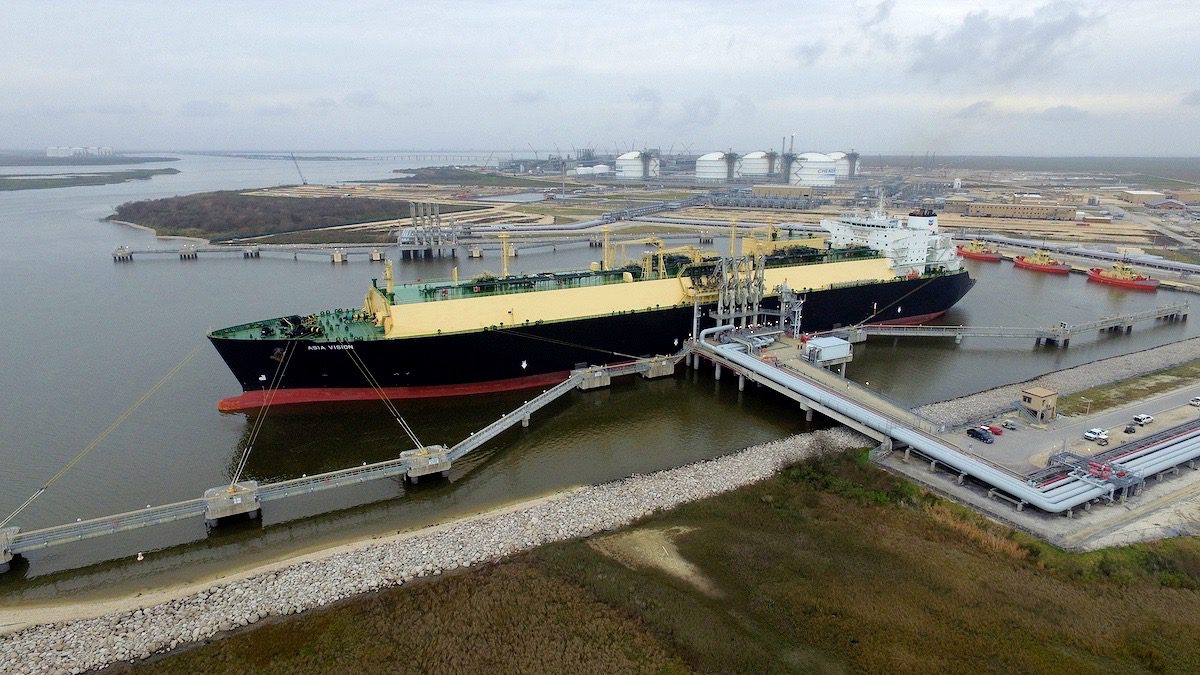By Simon Casey (Bloomberg) —
Trade deficits have been a stubborn feature of the U.S. economy for decades now, but energy has started to buck that trend, helped by burgeoning shipments of liquefied natural gas.
The net merchandise trade value of U.S. energy products (in other words, the value of all types of energy exports, minus the value of imports) showed a surplus of $27 billion last year. It’s the first time that’s happened since at least 1974, according to the U.S. Energy Information Administration, citing U.S. Census Bureau data.
Drilling into the numbers reveals that the vast majority of U.S. energy trade comprises petroleum, but for that particular category, the nation still has a deficit. In stark contrast, natural gas grew to account for 22% of the overall value of energy exports last year. The U.S. is shipping increasing volumes of shale gas, making it one of the world’s biggest players in the LNG market. On its own, U.S. natural gas accounted for a trade surplus of $26 billion last year.
This year may tell a similar story to 2020. Overall U.S. energy trade posted a surplus of $9 billion in the first half. In comparison, non-energy trade saw a deficit of $505 billion.
© 2021 Bloomberg L.P.
Unlock Exclusive Insights Today!
Join the gCaptain Club for curated content, insider opinions, and vibrant community discussions.

 Join The Club
Join The Club













